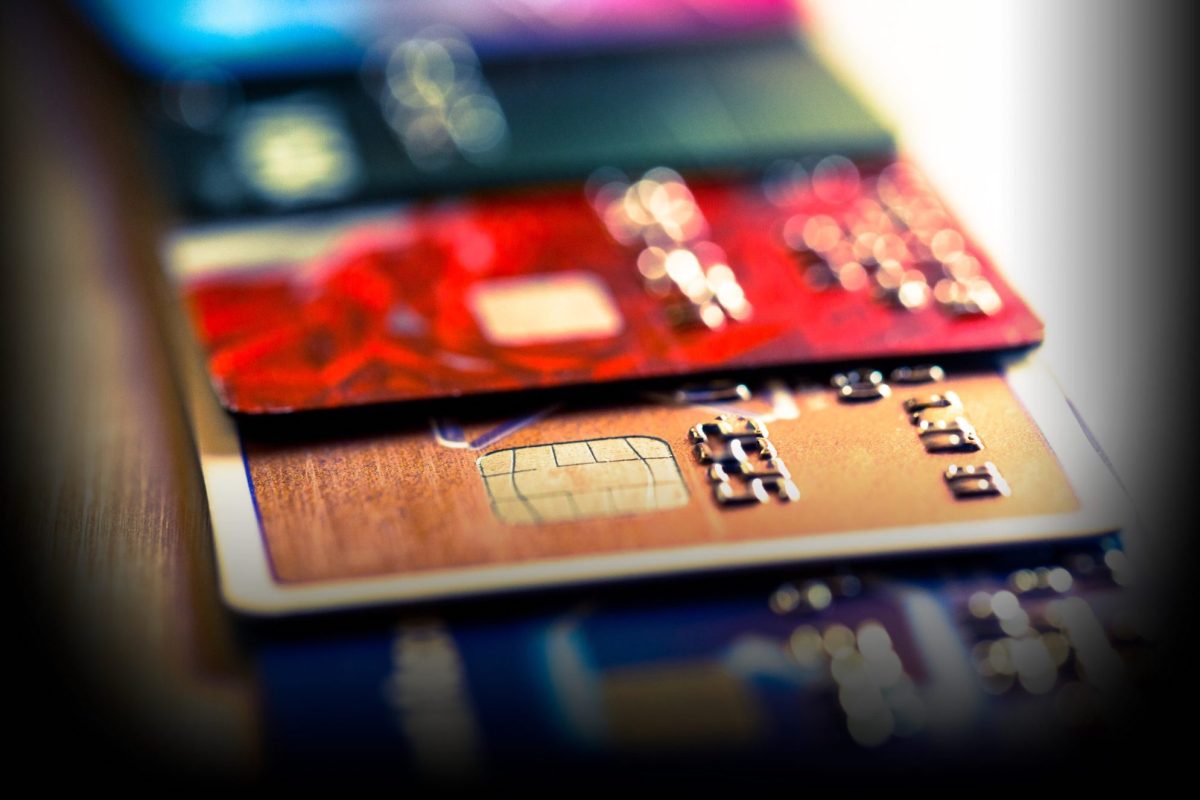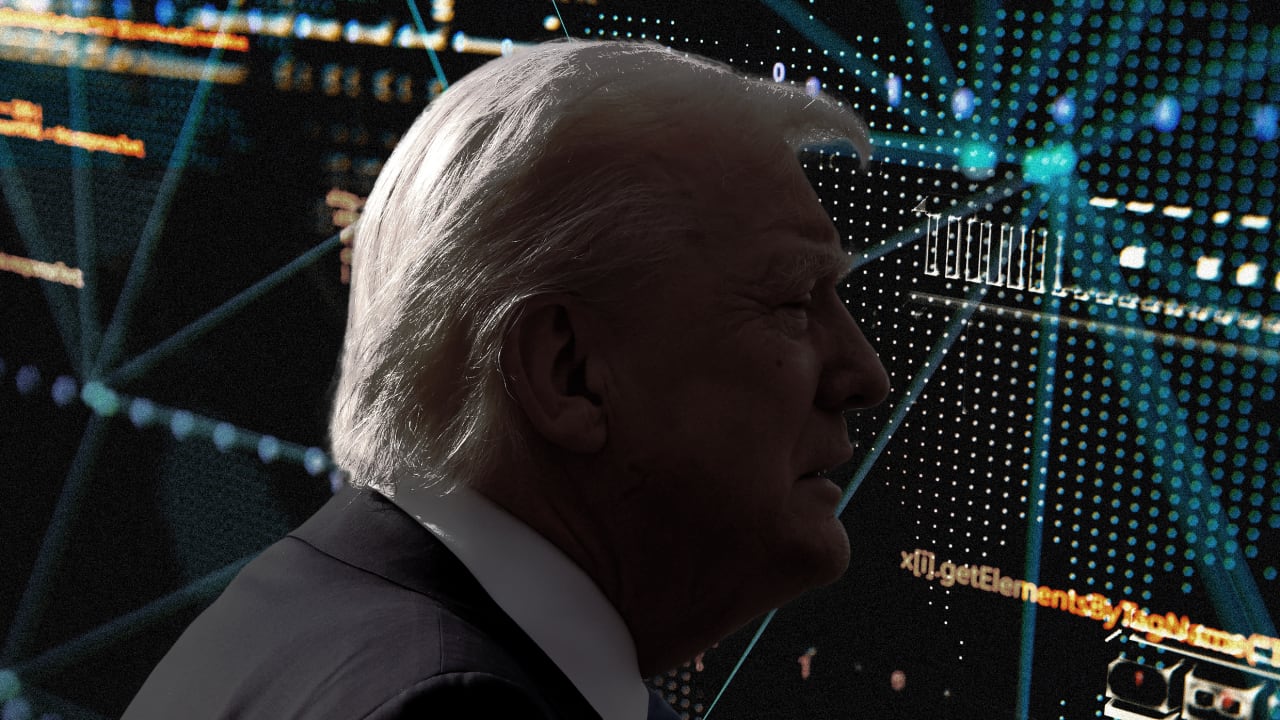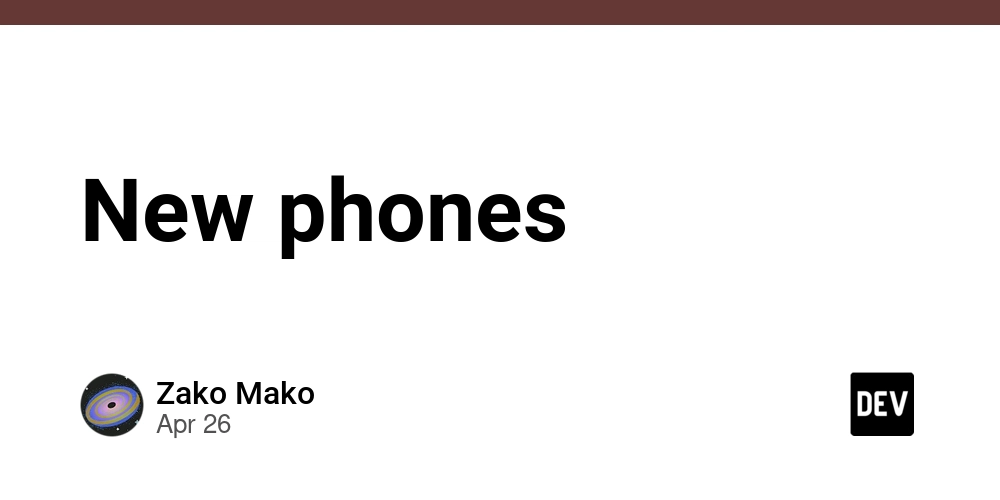Navigating the Blockchain: The Evolving Landscape of Global Regulation
Abstract: Blockchain technology has emerged from its niche origins to become a transformative force in finance, healthcare, and beyond. As the technology evolves, global regulators are striving to balance innovation with consumer protection and financial integrity. This post delves into the history, core concepts, applications, and challenges of blockchain regulation, examines international regulatory approaches, and provides insights into future trends. Through detailed discussion, tables, and bullet lists, we provide an accessible yet technical overview of how blockchain regulation is evolving on a global scale. Introduction Blockchain technology, once seen as the playground of crypto enthusiasts, now plays a fundamental role in our financial and data management ecosystems. Its decentralized architecture, enhanced security, and transparency offer tremendous benefits. However, regulators around the world face unprecedented challenges as they work to create legal frameworks that protect consumers and maintain system integrity while not stifling innovation. In this post, we explore the evolving landscape of global blockchain regulation, incorporating additional insights and related information to help you understand how this dynamic field is shaping the future of technology and commerce. Background and Context Blockchain emerged as a byproduct of the cryptocurrency revolution. Its design—decentralized, transparent, and immutable—laid the groundwork for many transformative applications. Here are some key historical and contextual points: Origins: The advent of Bitcoin introduced blockchain as a ledger system without central authority. This innovation spurred interest in digital assets and decentralized models. Evolution: Over time, blockchain moved beyond cryptocurrencies to impact sectors like finance, supply chain management, healthcare, digital identity, and more. Regulatory Ecosystem: Regulators worldwide—from the Financial Action Task Force (FATF) to government agencies in the European Union and the United States SEC—have begun to craft rules that ensure transparency, security, and accountability. To explore these regulatory intricacies, you can also refer to the original article on blockchain regulation. Core Concepts and Features When discussing blockchain regulation, several fundamental concepts and features must be addressed: Decentralization vs. Centralization Decentralization: Blockchain’s structure removes the need for a central governing body. However, this makes traditional regulatory models challenging. Centralization in Traditional Systems: In contrast, conventional banks and databases operate under clear central authorities, making regulation more straightforward. Digital Assets and Cryptocurrencies Cryptocurrencies like Bitcoin and Ethereum pioneered the introduction of digital assets into global finance. Regulators analyze these assets in terms of: Security or Commodity? Determining whether an asset is a security, commodity, or something else is crucial for regulatory compliance. This affects which body is responsible—be it the SEC, CFTC, or other agencies. Smart Contracts and Automated Agreements Smart contracts are self-executing contracts with the contract terms directly written into code. Their legal recognition is still evolving: Legal Enforceability: Many regions, like Arizona, have begun to recognize the legal status of smart contracts. Jurisdictional Issues: With blockchain systems being inherently global, disputes and accountability become complex. Data Protection and Privacy Blockchain’s immutability clashes with data protection frameworks such as the GDPR. Proposed approaches include: Hybrid Models: Combining on-chain and off-chain data storage to balance immutability with the right to erasure. Regulatory Sandboxes: Controlled environments where innovations can be tested with supervision before full-scale deployment. Regulatory Challenges – A Quick Look Lack of Central Authority: Makes accountability and jurisdiction complex. Innovative vs. Traditional Frameworks: Regulators must often rewrite established legal norms. Consumer and Investor Protection: Ensuring safety without hindering innovation. Below is a bullet list summarizing key regulatory challenges: Verification of Smart Contracts' Legality Balancing Innovation with Consumer Protection Navigating Cross-Border Jurisdiction Issues Ensuring Anti-Money Laundering (AML) and Combating the Financing of Terrorism (CFT) Compliance Data Privacy in an Immutable Environment Applications and Use Cases Blockchain regulation is not just an academic exercise—it has real, practical implications in various sectors: 1. Financial Services Cryptocurrencies remain a primary focus. Here, regulation is needed to protect consumers and ensure financial stability. Exchange Licens
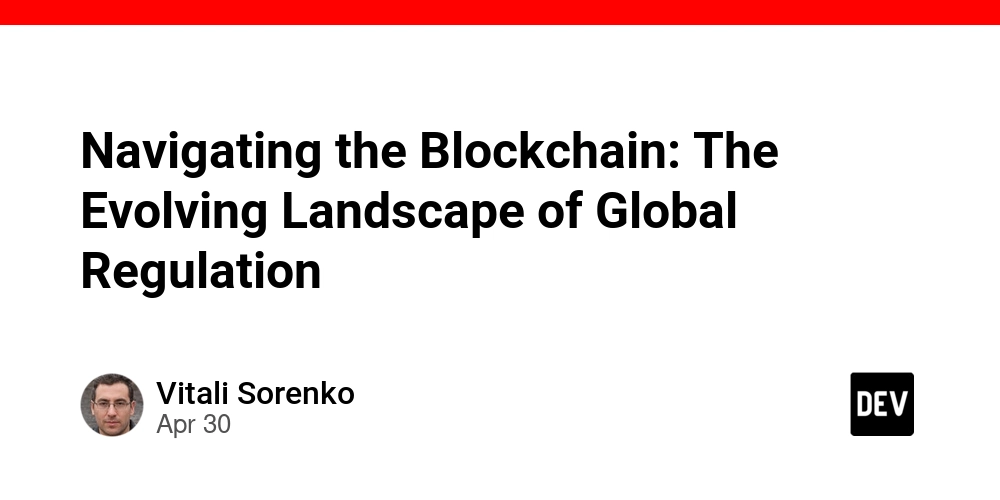
Abstract:
Blockchain technology has emerged from its niche origins to become a transformative force in finance, healthcare, and beyond. As the technology evolves, global regulators are striving to balance innovation with consumer protection and financial integrity. This post delves into the history, core concepts, applications, and challenges of blockchain regulation, examines international regulatory approaches, and provides insights into future trends. Through detailed discussion, tables, and bullet lists, we provide an accessible yet technical overview of how blockchain regulation is evolving on a global scale.
Introduction
Blockchain technology, once seen as the playground of crypto enthusiasts, now plays a fundamental role in our financial and data management ecosystems. Its decentralized architecture, enhanced security, and transparency offer tremendous benefits. However, regulators around the world face unprecedented challenges as they work to create legal frameworks that protect consumers and maintain system integrity while not stifling innovation. In this post, we explore the evolving landscape of global blockchain regulation, incorporating additional insights and related information to help you understand how this dynamic field is shaping the future of technology and commerce.
Background and Context
Blockchain emerged as a byproduct of the cryptocurrency revolution. Its design—decentralized, transparent, and immutable—laid the groundwork for many transformative applications. Here are some key historical and contextual points:
- Origins: The advent of Bitcoin introduced blockchain as a ledger system without central authority. This innovation spurred interest in digital assets and decentralized models.
- Evolution: Over time, blockchain moved beyond cryptocurrencies to impact sectors like finance, supply chain management, healthcare, digital identity, and more.
- Regulatory Ecosystem: Regulators worldwide—from the Financial Action Task Force (FATF) to government agencies in the European Union and the United States SEC—have begun to craft rules that ensure transparency, security, and accountability.
To explore these regulatory intricacies, you can also refer to the original article on blockchain regulation.
Core Concepts and Features
When discussing blockchain regulation, several fundamental concepts and features must be addressed:
Decentralization vs. Centralization
- Decentralization: Blockchain’s structure removes the need for a central governing body. However, this makes traditional regulatory models challenging.
- Centralization in Traditional Systems: In contrast, conventional banks and databases operate under clear central authorities, making regulation more straightforward.
Digital Assets and Cryptocurrencies
Cryptocurrencies like Bitcoin and Ethereum pioneered the introduction of digital assets into global finance. Regulators analyze these assets in terms of:
- Security or Commodity? Determining whether an asset is a security, commodity, or something else is crucial for regulatory compliance. This affects which body is responsible—be it the SEC, CFTC, or other agencies.
Smart Contracts and Automated Agreements
Smart contracts are self-executing contracts with the contract terms directly written into code. Their legal recognition is still evolving:
Legal Enforceability:
Many regions, like Arizona, have begun to recognize the legal status of smart contracts.Jurisdictional Issues:
With blockchain systems being inherently global, disputes and accountability become complex.
Data Protection and Privacy
Blockchain’s immutability clashes with data protection frameworks such as the GDPR. Proposed approaches include:
Hybrid Models:
Combining on-chain and off-chain data storage to balance immutability with the right to erasure.Regulatory Sandboxes:
Controlled environments where innovations can be tested with supervision before full-scale deployment.
Regulatory Challenges – A Quick Look
- Lack of Central Authority: Makes accountability and jurisdiction complex.
- Innovative vs. Traditional Frameworks: Regulators must often rewrite established legal norms.
- Consumer and Investor Protection: Ensuring safety without hindering innovation.
Below is a bullet list summarizing key regulatory challenges:
- Verification of Smart Contracts' Legality
- Balancing Innovation with Consumer Protection
- Navigating Cross-Border Jurisdiction Issues
- Ensuring Anti-Money Laundering (AML) and Combating the Financing of Terrorism (CFT) Compliance
- Data Privacy in an Immutable Environment
Applications and Use Cases
Blockchain regulation is not just an academic exercise—it has real, practical implications in various sectors:
1. Financial Services
Cryptocurrencies remain a primary focus. Here, regulation is needed to protect consumers and ensure financial stability.
Exchange Licensing:
Countries are implementing licensing regimes for cryptocurrency exchanges. For example, the European Union's AMLD5 directs compliance standards for virtual currency providers.Digital Payment Systems:
Innovators like China, while banning many cryptocurrency transactions, are investing heavily in blockchain technology for their Digital Currency Electronic Payment (DCEP) system, better known as the digital yuan.
2. Healthcare and Data Management
Blockchain’s transparency and security offer significant advantages in healthcare record management and data integrity:
- Medical Data Integrity: Immutable records can ensure that patient data remains tamper-proof. However, regulators must align these systems with privacy regulations like the GDPR.
3. Supply Chain and Intellectual Property
Blockchain allows for detailed tracking of products across supply chains, vital for verifying authenticity in industries such as pharmaceuticals and luxury goods. Additionally, areas like digital identity and intellectual property benefit from an immutable audit trail, reinforcing trust.
Below is a table highlighting regional regulatory approaches to blockchain:
| Region | Approach | Key Characteristics |
|---|---|---|
| United States | Multi-agency approach | Complex, with SEC, CFTC, IRS, and FinCEN involvement. |
| European Union | Harmonized Regulation (MiCA) | Unified framework aimed at transparency, consumer protection, and stablecoin monitoring (MiCA Proposal). |
| China | Restrictive with a Twist | Banned cryptocurrency trading, yet rapidly developing digital currency (digital yuan/DCEP). |
| El Salvador | Experimental and Bold | The first country to adopt Bitcoin as legal tender, testing integration with traditional finance. |
Challenges and Limitations
The regulation of blockchain technology faces several obstacles that can slow down adoption or create ambiguities:
Technical Challenges
- Scalability and Interoperability: As the technology grows, finding scalable solutions that allow different blockchain networks to communicate is critical. Initiatives like Arbitrum on Ethereum, which address interoperability, are indicators of ongoing innovation.
- Energy Consumption: Concerns exist about blockchain’s energy footprint, especially for networks based on proof-of-work. Efficient consensus mechanisms such as proof-of-stake are gaining traction.
Adoption Challenges
- International Coordination: Blockchain operates without borders; hence, regulatory standards from one country may conflict with those of another. International bodies, therefore, are essential to form a unified approach.
- Public Perception and Education: Misconceptions and lack of clarity about blockchain’s potential and risks may hinder its acceptance. It is critical for industry leaders to demystify the technology through transparent communication and education initiatives.
Regulatory Lag
- Rapid Technological Change: Technology often evolves faster than the regulatory frameworks intended to control it. This lag can create legal uncertainties and stifle innovation if not managed proficiently.
- Jurisdictional Issues: Determining which country’s laws apply in a decentralized, borderless network remains a complex problem.
For a deeper dive into these challenges and funding aspects, you might find posts such as Navigating Blockchain Project Funding Challenges on Dev.to insightful.
Future Outlook and Innovations
Despite these challenges, the future of blockchain regulation holds promising advancements:
Agile Regulatory Frameworks
- Self-Regulation and Sandboxes: Innovations such as regulatory sandboxes allow blockchain startups to test products in controlled environments, where regulations can be adapted on the fly.
- International Collaborations: Global cooperation among regulators is gradually leading to more harmonized standards that balance innovation and risk mitigation.
Emerging Trends in Digital Identity and Smart Contracts
- Smart Contract Legal Recognition: As more jurisdictions adopt frameworks recognizing smart contracts (see Arizona’s legislation), automated agreements will become more mainstream.
- Digital Identity on the Blockchain: Regulatory bodies are exploring frameworks to integrate blockchain-based digital identities. This advancement could secure personal data while offering individuals control over their information. More on this is available at Blockchain and Digital Identity.
Sustainability and Energy Efficiency
- New Consensus Mechanisms: The ongoing shift from traditional proof-of-work protocols to more energy-efficient models like proof-of-stake is expected to address environmental concerns. Future regulations may also incorporate standards for energy consumption in blockchain networks.
Enhanced Consumer and Investor Protection
- Balancing Risk and Reward: With the rise in digital financial assets, there is an increasing push for regulations that safeguard investors while not hampering technological progress. Post discussions like The Future of Blockchain, NFTs, and Open Source Technologies shed light on this balance.
Innovative Funding Models and Open Source
- Blockchain Funding and Open Source Synergy: Open source projects and blockchain funding models are increasingly overlapping. Models such as tokenized funding, decentralized sponsorships, and NFT-based licensing offer fresh approaches to finance innovation. For additional perspectives, check out License Token: Revolutionizing OSS License Distribution for a New Era of Open Source Innovation.
Summary
Blockchain regulation stands at the crossroads of rapid technological advancement and the timeless need for legal clarity and consumer protection. This post has explored:
- Background and Context: How blockchain evolved from a cryptocurrency curiosity to a key player in global finance and data management.
- Core Concepts and Features: The critical aspects of decentralization, digital assets, smart contracts, and data privacy that shape the regulatory landscape.
- Applications and Use Cases: Real-world implementations in finance, healthcare, supply chain, and digital identity, each with distinct regulatory needs.
- Challenges and Limitations: Technical hurdles, adoption barriers, and the inherent lag between innovation and regulation.
- Future Outlook and Innovations: The need for agile, international regulatory frameworks, energy-efficient blockchain solutions, and innovative funding models that foster a balance between risk mitigation and growth.
As blockchain technology continues to expand its reach, the role of government regulators will be pivotal in shaping its safe and beneficial integration into global economies. With ongoing collaboration among regulators, industry experts, and stakeholders, a balanced and forward-thinking framework is on the horizon.
For additional insights on blockchain’s practical applications and its evolving legal frameworks, you might also explore related topics such as Blockchain in Finance and Blockchain and Intellectual Property.
Additional Resources and Further Reading
Here are some curated links for readers who wish to dive deeper into blockchain regulation and its implications:
- Understanding Decentralized Applications on Blockchain
- FATF Global Standards on Virtual Assets
- European Union’s MiCA Proposal for Crypto-Assets
- Arizona’s Legal Recognition of Smart Contracts
- Navigating Blockchain Project Funding Challenges
These resources enhance the understanding of the multifaceted nature of blockchain regulation and its future directions.
Conclusion
Blockchain regulation exemplifies the delicate dance between embracing innovative technology while establishing robust safeguards. As stakeholders collaborate across borders, the regulatory landscape is becoming more agile and harmonized. Whether you are a developer, investor, or policymaker, staying informed through ongoing discussions and research is crucial.
In summary, as blockchain technology continues to disrupt traditional paradigms, the regulated framework that emerges will significantly influence not only financial markets but also digital identity management, secure data handling, and sustainable open source funding models. The journey is complex, but with proactive collaboration and continuous learning, the future of blockchain regulation looks promising—guiding us into a secure, transparent, and innovative digital world.
Happy reading, and may your journey through blockchain regulation be as decentralised as the technology itself!






























![[Free Webinar] Guide to Securing Your Entire Identity Lifecycle Against AI-Powered Threats](https://blogger.googleusercontent.com/img/b/R29vZ2xl/AVvXsEjqbZf4bsDp6ei3fmQ8swm7GB5XoRrhZSFE7ZNhRLFO49KlmdgpIDCZWMSv7rydpEShIrNb9crnH5p6mFZbURzO5HC9I4RlzJazBBw5aHOTmI38sqiZIWPldRqut4bTgegipjOk5VgktVOwCKF_ncLeBX-pMTO_GMVMfbzZbf8eAj21V04y_NiOaSApGkM/s1600/webinar-play.jpg?#)







































































































































![[The AI Show Episode 145]: OpenAI Releases o3 and o4-mini, AI Is Causing “Quiet Layoffs,” Executive Order on Youth AI Education & GPT-4o’s Controversial Update](https://www.marketingaiinstitute.com/hubfs/ep%20145%20cover.png)












































































































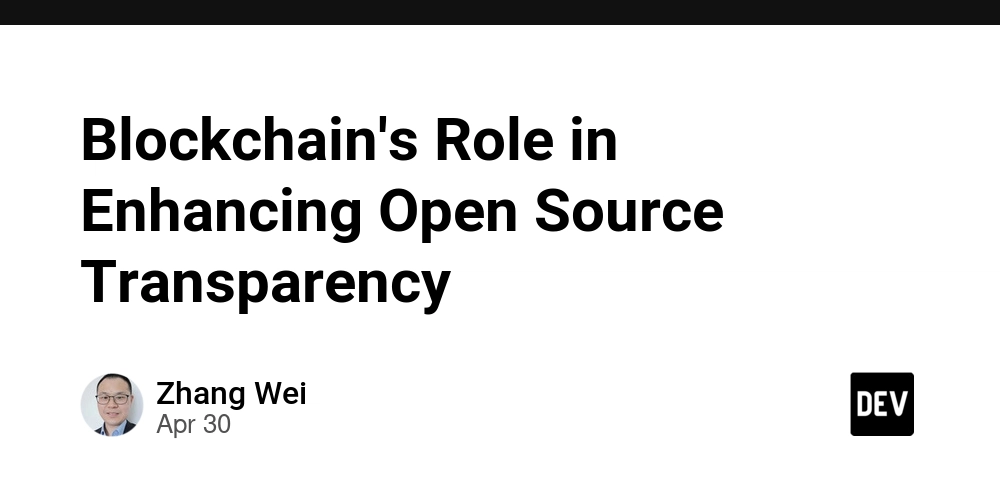




















































































































































































































































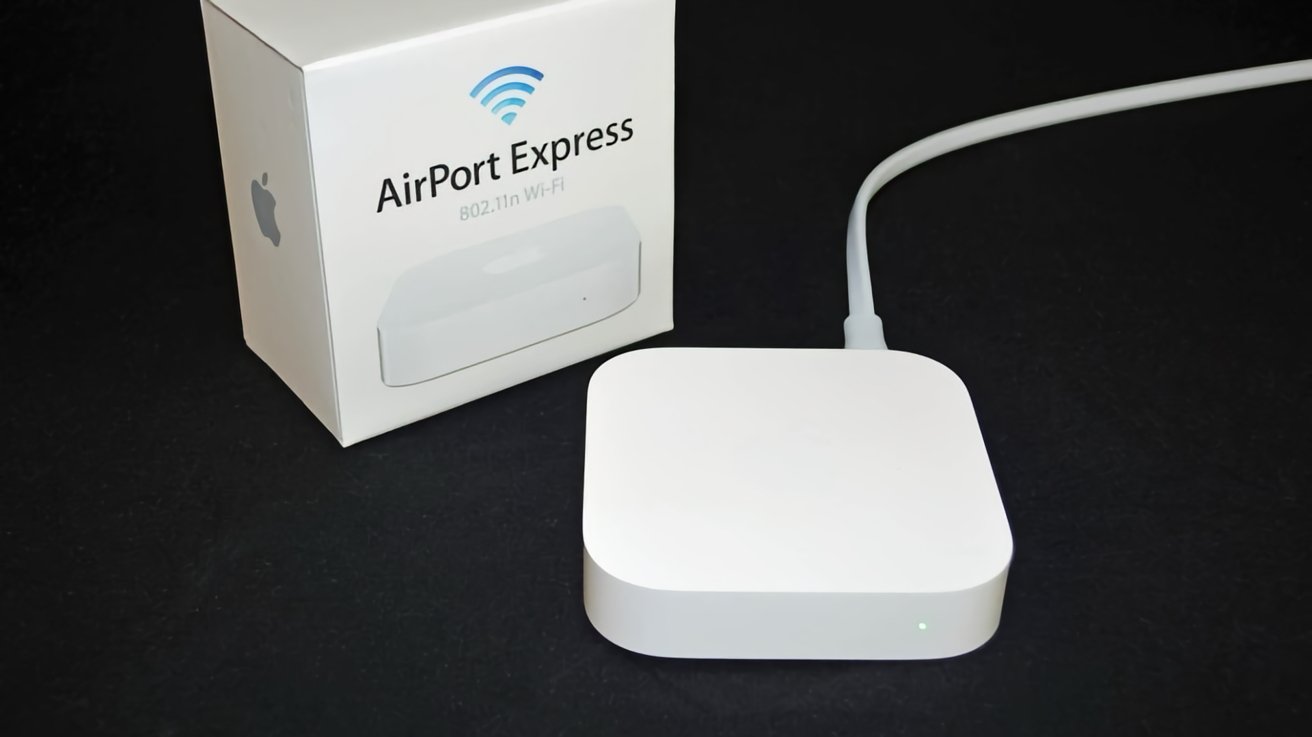
-xl.jpg)
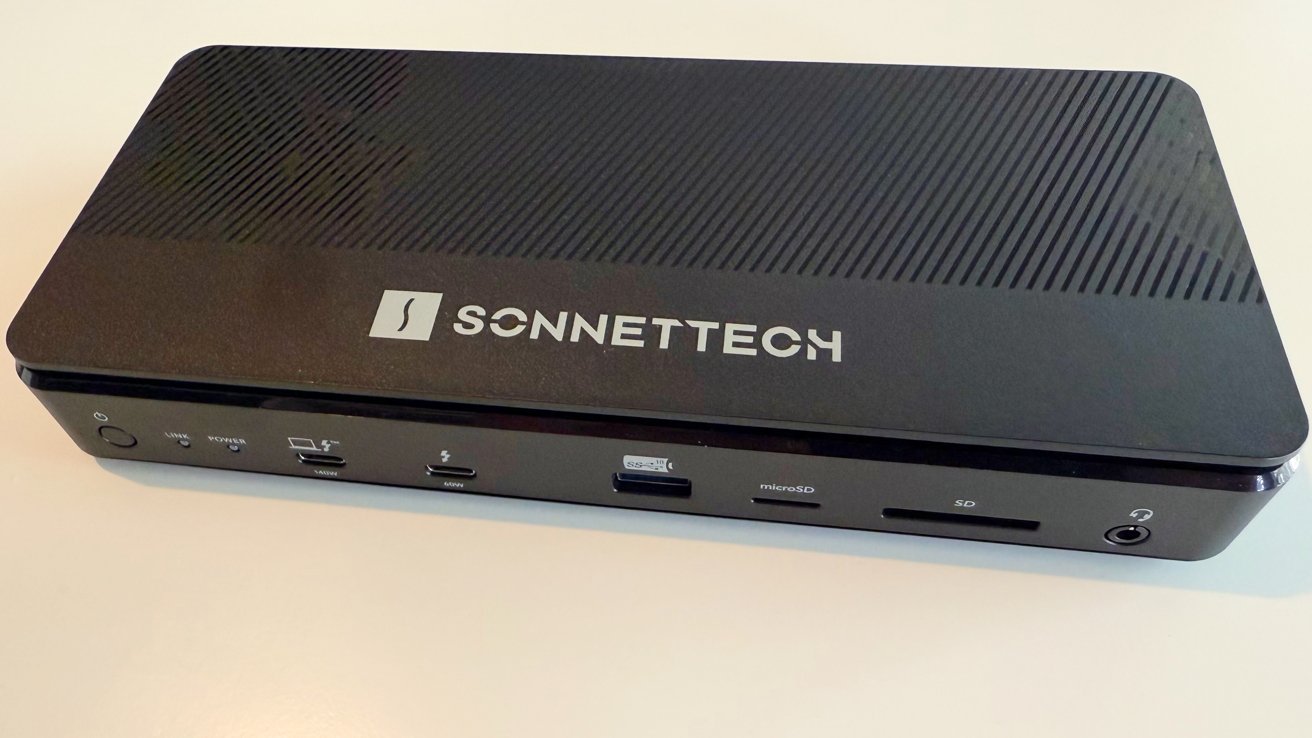




























![New Hands-On iPhone 17 Dummy Video Shows Off Ultra-Thin Air Model, Updated Pro Designs [Video]](https://www.iclarified.com/images/news/97171/97171/97171-640.jpg)
![Apple Shares Trailer for First Immersive Feature Film 'Bono: Stories of Surrender' [Video]](https://www.iclarified.com/images/news/97168/97168/97168-640.jpg)































































